Fibar Group FGKF601 Fibaro KeyFob User Manual Manual 1of2
Fibar Group S.A. Fibaro KeyFob Manual 1of2
Contents
- 1. Manual 1of2
- 2. Manual 2of2
Manual 1of2
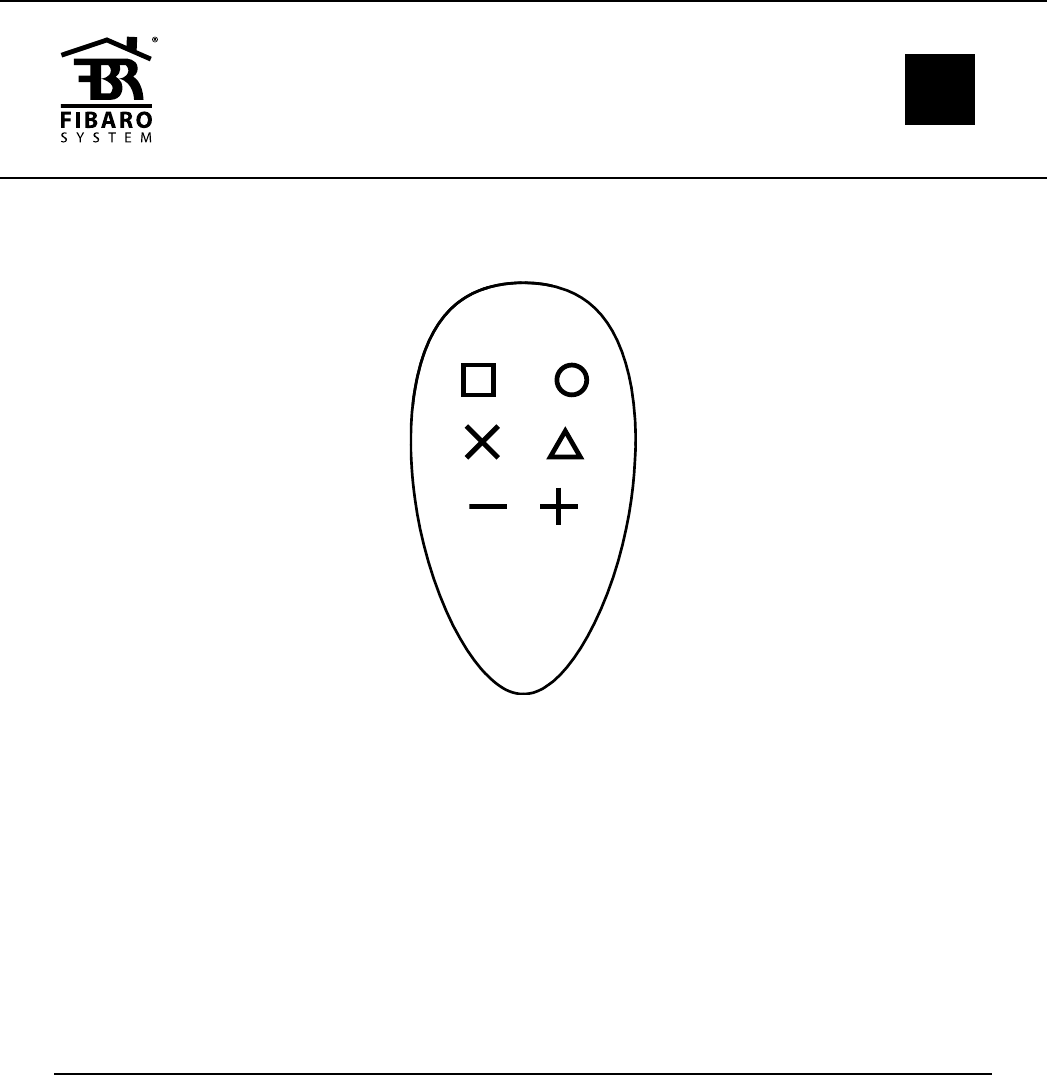
OPERATING
MANUAL
FIBARO KEYFOB
FGKF-601
CONTENTS
#1: Description and features 3
#2: Basic activation 4
#3: Adding/removing the device 5
#4: Operating the device 6
#5: Visual indications 7
#6: Lock Mode 8
#7: Sequences 10
#8: Scene activation 11
#9: Battery 12
#10: Associations 13
#11: Advanced parameters 15
#12: Specications 19
#13: Regulations 20
v1.0
EN

2
Important safety information
Read this manual before attempting to install the device!
Failure to observe recommendations included in this manual may be
dangerous or cause a violation of the law. The manufacturer, Fibar
Group S.A. will not be held responsible for any loss or damage result-
ing from not following the instructions of operating manual.
General information about
the FIBARO System
FIBARO is a wireless smart home automation system, based on the
Z-Wave protocol. All of available devices can be controlled through
a computer (PC or Mac), smartphone or tablet. Z-Wave devices are
not only receivers, but can also repeat the signal, increasing the
Z-Wave network’s range. It gives advantage over traditional wireless
systems that require direct link between transmitter and receiver, as
a result the construction of the building could aect network’s range
negatively.
Every Z-Wave network has its unique identication number (home
ID). Multiple independent networks can exist in the building without
interfering. Transmission security of FIBARO System is comparable to
wired systems.
Z-Wave technology is the leading solution in smart home automation.
There is a wide range of Z-Wave devices that are mutually
compatible, independently of manufacturer. It gives the system the
ability to evolve and expand over time. For more information visit:
www.baro.com.
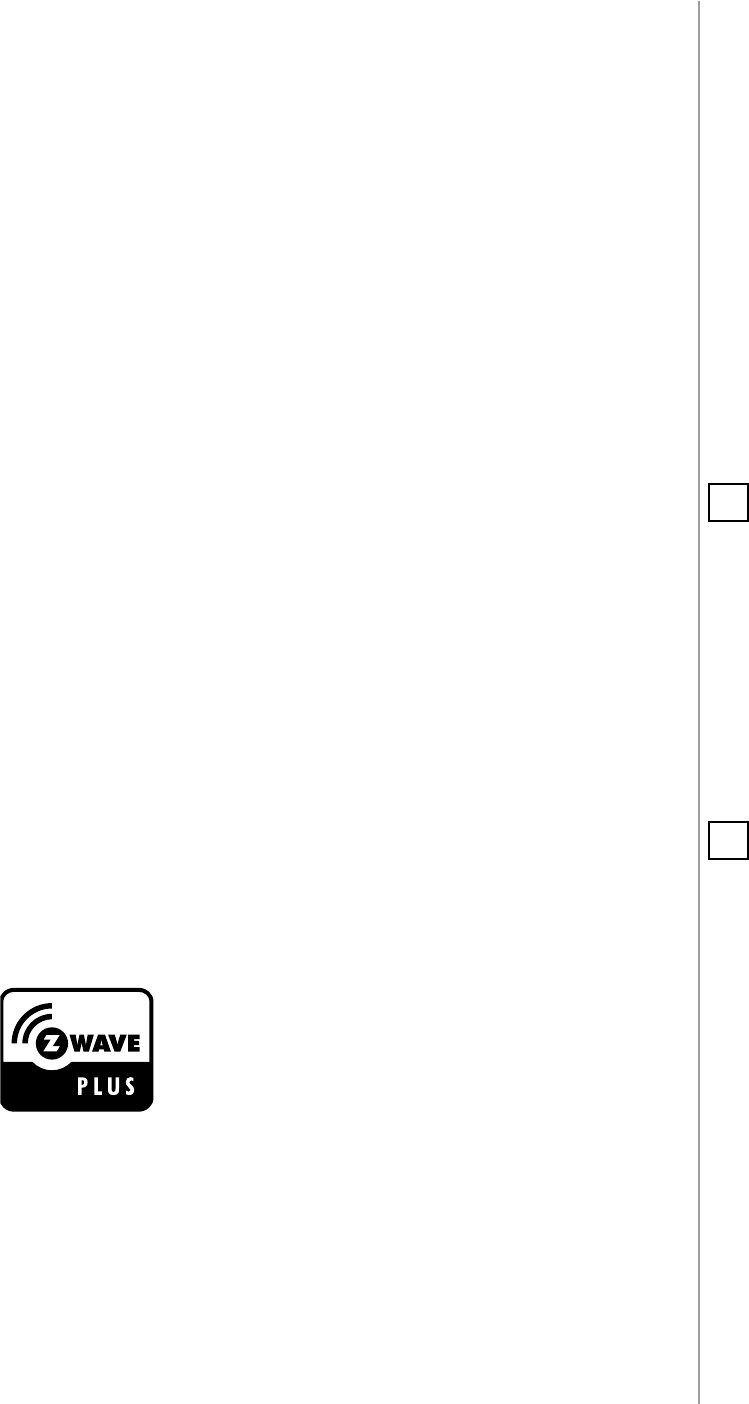
3
DESCRIPTION AND FEATURES
Main features of FIBARO KeyFob:
• Compatible with any Z-Wave or Z-Wave+ Controller.
• Supports protected mode (Z-Wave network security mode) with
AES-128 encryption.
• Battery powered.
• Completely wireless.
• Pocket size.
• Equipped with 6 easily recognizable buttons.
• 30 dierent actions, single/double/triple click, hold for each
button and sequences.
• Easy to operate menu.
• Actions are conrmed by the built-in LED diode.
FIBARO KeyFob is a Z-Wave Plus compatible, battery-powered,
compact remote control.
Six buttons allow you to control other devices through the Z-Wave
network and run various scenes dened in FIBARO System.
Congure actions for one, two, three clicks, holding the button and
button sequences to suit all your needs.
Built-in locking system will ensure that unauthorized person will not
take control of your home.
#1: Description and features
FIBARO KeyFob is a fully
compatible Z-Wave PLUS device.
NOTE
This device may be
used with all de-
vices certied with
the Z-Wave Plus cer-
ticate and should be
compatible with such
devices produced by
other manufacturers.
i
NOTE
FIBARO KeyFob is a
Security Enabled
Z-Wave Plus product
and a Security Ena-
bled Z-Wave Control-
ler must be used in or-
der to fully utilize the
product.
i

4
BASIC ACTIVATION
#2: Basic activation
1. Using a coin, open the battery cover
by turning it counter-clockwise.
o
s
e
o
s
e
2. Remove the paper strip underneath
the battery.
3. Using a coin, close the battery cover
by turning it clockwise.
4. Locate the device nearby the main Z-Wave controller.
5. Set the main Z-Wave controller in (security/non-security)
add mode (see the controller’s manual).
6. Press any button three times.
7. LED will pulse white during the adding process.
8. Wait for the device to be added into the system.
9. Successful adding will be conrmed by the Z-Wave
controller’s message and green LED colour.
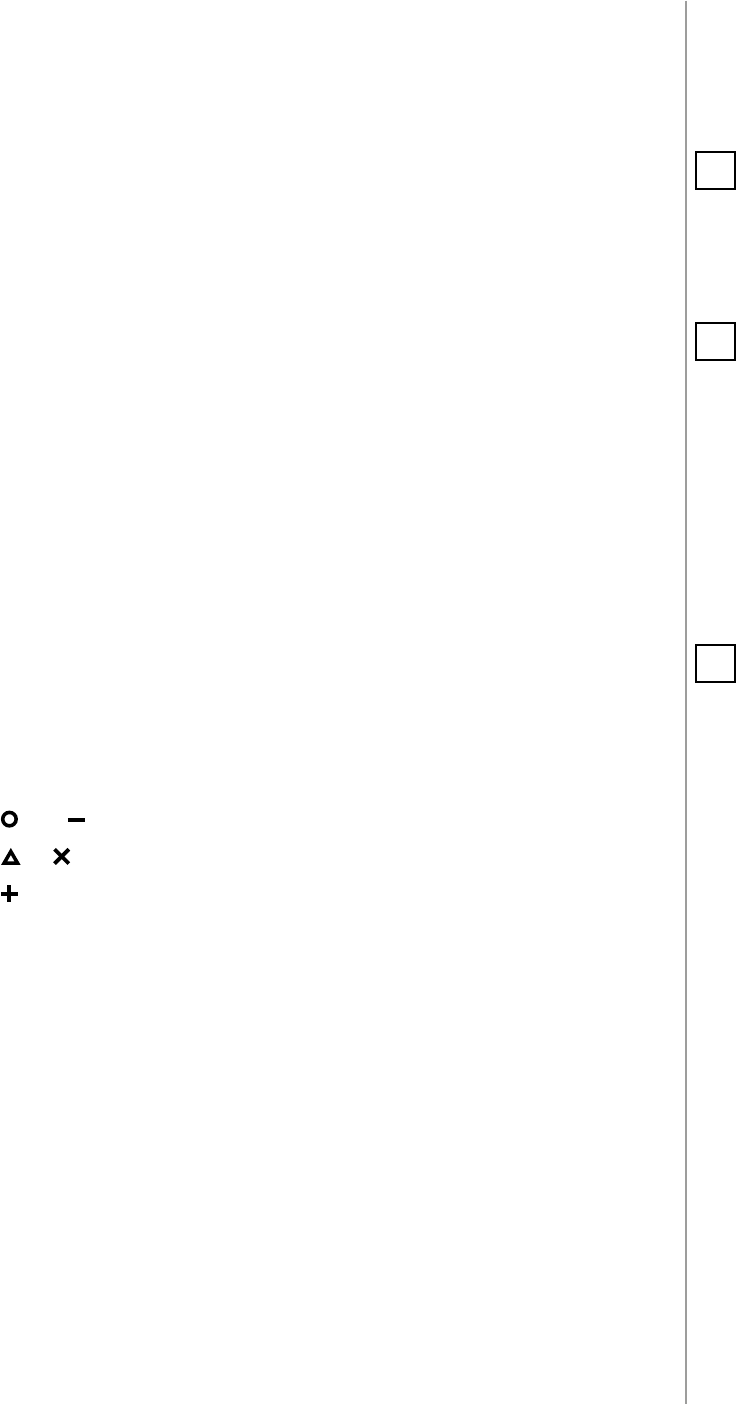
5
ADDING/REMOVING THE DEVICE
#3: Adding/removing the device
Adding (Inclusion) - Z-Wave device learning mode, allowing to add
the device to existing Z-Wave network.
To add the device:
1. Set the main Z-Wave controller in (security/non-security) add
mode (see the controller’s manual).
2. Power the device (insert the battery).
3. Press any button three times.
4. LED will pulse white during the adding process.
5. Wait for the adding process to end.
6. Successful adding will be conrmed by the Z-Wave controller’s
message and green LED colour.
NOTE
Adding in security
mode must be per-
formed up to 2 meters
from the controller.
i
NOTE
In case the device is
not added, please re-
set the device and re-
peat the adding pro-
cedure.
i
Removing (Exclusion) - Z-Wave device learning mode, allowing to
remove the device from existing Z-Wave network.
To remove the device:
1. Set the main Z-Wave controller in remove mode (see the
controller’s manual).
2. Press and simultaneously.
3. Press or until LED glows green.
4. Press .
5. Wait for the removing process to end.
6. Successful removing will be conrmed by the Z-Wave controller’s
message.
NOTE
Removing the KeyFob
from the Z-Wave net-
work restores all the
default parameters of
the device.
i
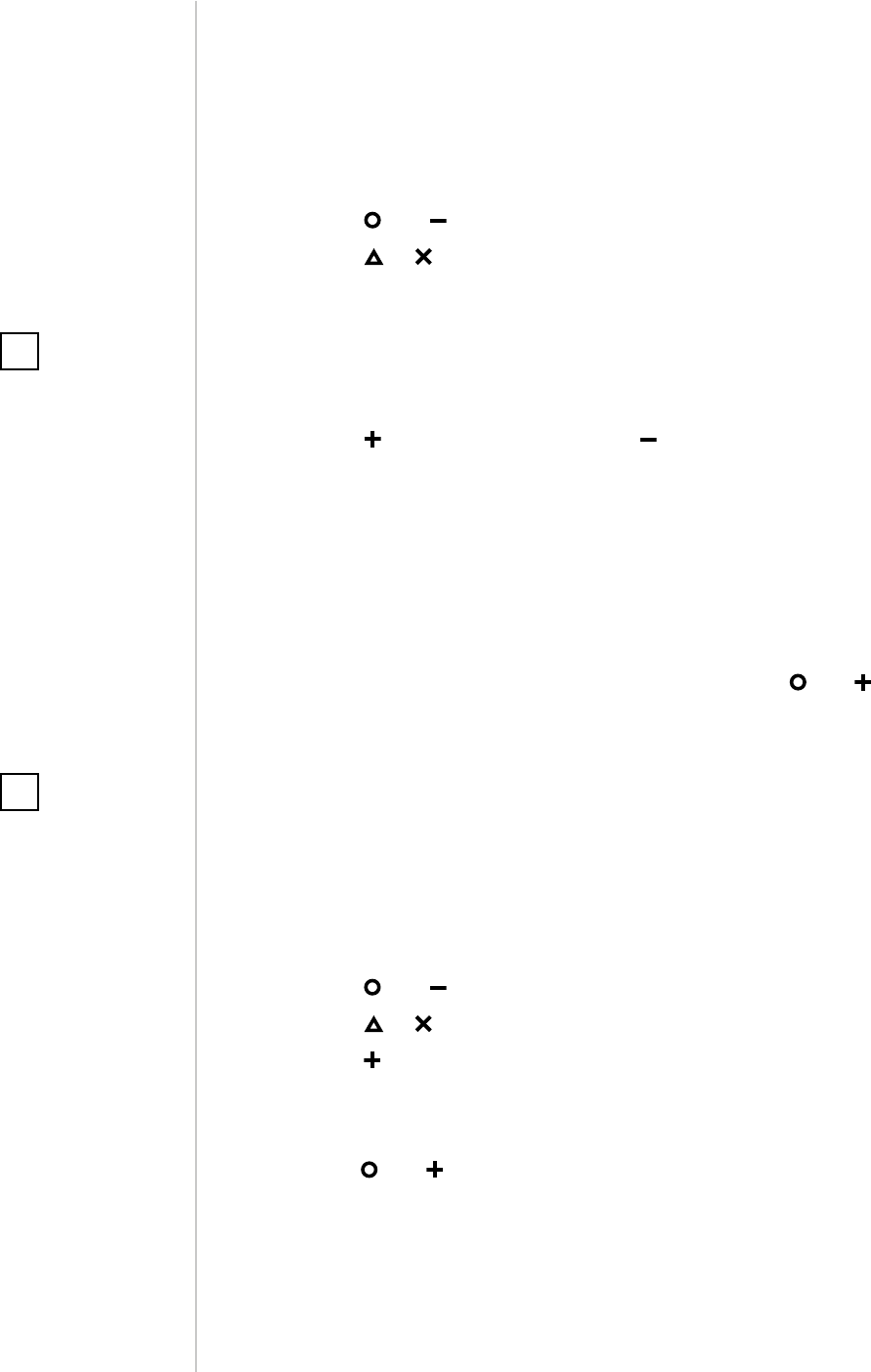
6
OPERATING THE DEVICE
#4: Operating the device
Waking up the device:
The KeyFob needs to be woken up to receive information about the
new conguration from the Z-Wave controller, like parameters and
associations. Use 1st menu position (white) or press and simulta-
neously to wake up the device.
Menu allows to perform Z-Wave network actions. In order to use the
menu:
1. Press and simultaneously.
2. Press or until LED indicates desired menu position with colour:
• White - wake up the device
• Green - learning mode (adding/removing)
• Cyan - check battery level
• Yellow - the device reset*
3. Press to conrm selection, press to exit the menu.
4. LED will pulse twice with same colour as selected menu position
to conrm completing action.
Resetting the device to factory defaults:
Reset procedure allows to restore the device back to its factory set-
tings, which means all information about the Z-Wave controller and
user conguration will be deleted. There are two ways of resetting the
device:
Resetting the device using the menu:
1. Press and simultaneously.
2. Press or until LED glows yellow.
3. Press .
Emergency resetting the device on start-up:
1. Remove the battery.
2. Hold and , while inserting the battery.
Successful resetting will be conrmed by smoothly brightening and
dimming of the yellow LED colour.
NOTE
* Resetting the de-
vice is not available in
Lock Mode.
NOTE
Resetting the device is
not the recommend-
ed way of removing
the device from the
Z-Wave network. Use
the reset procedure
only if the primary
controller is missing
or inoperable. Certain
device removal can be
achieved by the pro-
cedure of removing
described in "Adding/
removing the device"
on page 5.
i
i
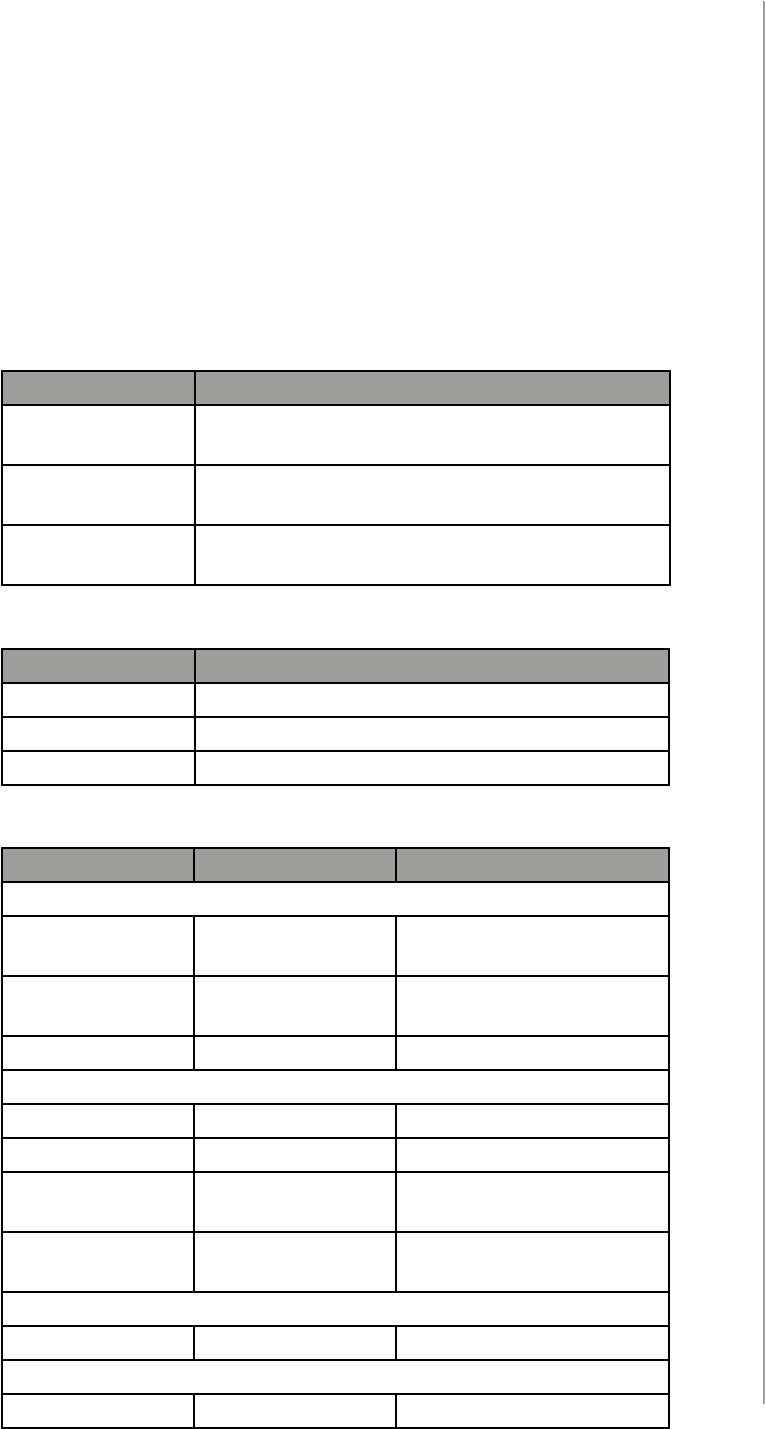
7
VISUAL INDICATIONS
#5: Visual indications
Visual indications:
The KeyFob is equipped with a LED diode, signalling pushing the but-
tons, sequences, menu position and status of the device.
What you see What it means What to do
Learning mode
Red blink Device not added Press any button three
times to start adding
Fast white puls-
ing
Device in adding
mode
Wait for adding process
to end
Green blink Device added –
Lock Mode
Red blink Device locked Unlock using sequence
3 red pulses Wrong sequence Try unlocking again
Red to green
transition Device unlocked Press buttons to activate
scenes/associations
Green to red
transition
Device locked
using button hold –
Battery
3 magenta pulses Low battery Replace the battery
Conguration
2 white pulses Device woken up –
Device status indications:
What you see What it means
Green blink Receiving command conrmed by the con-
troller and associated devices
Yellow blink
every 1s Sending commands in progress
Red blink Receiving at least one command was not con-
rmed by the controller or associated devices
Indications for scenes and associations:
After pressing one of the buttons or using sequence, KeyFob indi-
cates status of action with the LED diode.
What you see What it means
Blue pulse Entering sequence
3 blue pulses Sequence valid
3 red pulses Sequence not valid
Indications for sequences:

8
LOCK MODE
#6: Lock Mode
KeyFob can be protected with a sequence of 2 to 5 button clicks.
When unlocking sequence is set, the device will lock itself after:
• being inactive for time set in parameter 2 (60 seconds by default),
• pressing and holding selected button (if set in parameter 2).
Setting the unlocking sequence and locking time-out using
Home Center conguration interface:
1. Go to the device options by clicking the icon:
2. Select the „Advanced” tab.
3. Click the “Congure” button in "Lock Mode" section.
4. Select sequence of 2 to 5 buttons, click "Next".
5. Select time to lock and locking button, click "Next".
6. Press and simultaneously to wake up the device.
7. Wait for the device to congure.
To enable Lock Mode:
• set sequence in parameter 1,
• set time or locking button in parameter 2 (60 seconds by default),
• set PROTECTION CC to Local Protection by Sequence (done auto-
matically by Home Center controller).
Lock Mode will be disabled when:
• parameter 1 and/or parameter 2 is set to 0,
• PPROTECTION CC is set to Unprotected.
When device is locked:
• pushing buttons will not activate any actions,
• menu is available, but without option of resetting the device.
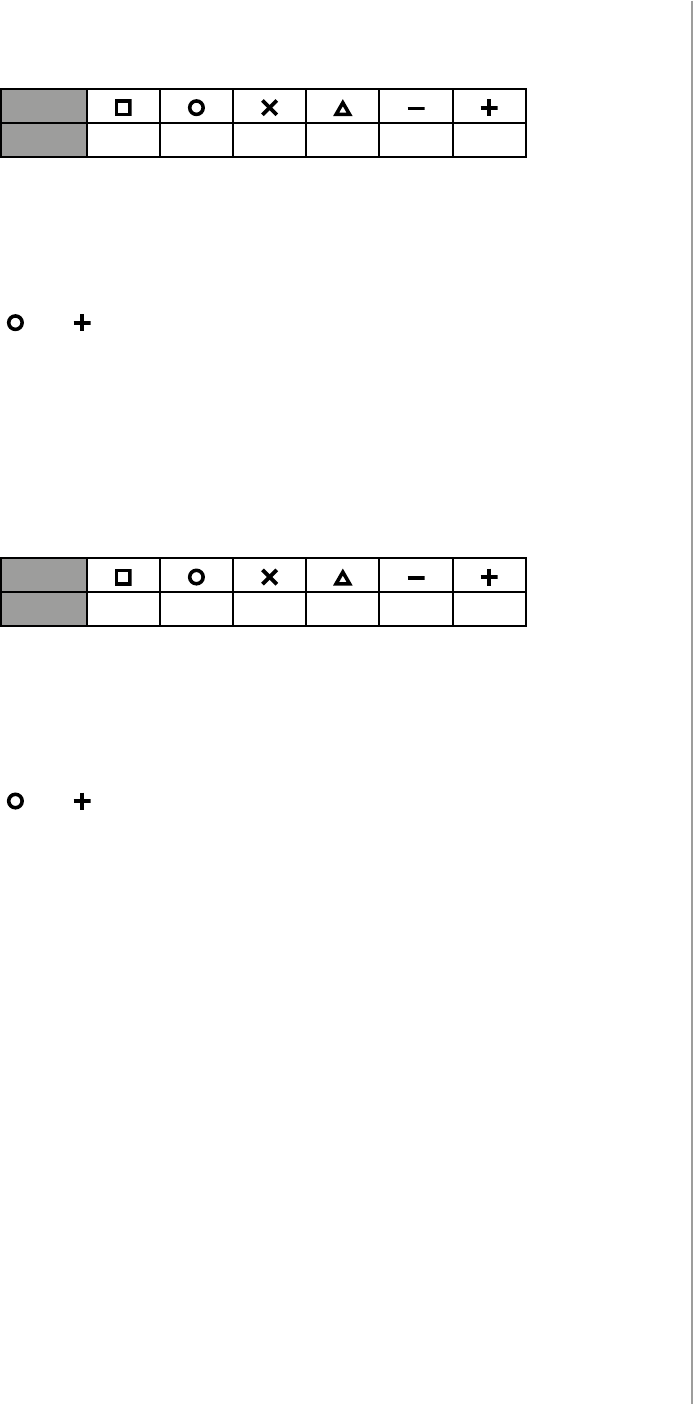
9
LOCK MODE
Setting the unlocking sequence using advanced parameter:
1. Calculate value of parameter using table and formula:
Value of parameter = Value of rst button +
+ 8 * Value of second button + 64 * Value of third button +
+ 512 * Value of third button + 4096 * Value of third button
2. Change the value of parameter 1 [2 bytes] to calculated value.
3. Press and simultaneously to wake up the device.
4. Wait for the device to congure.
Button
Value 123456
Setting time to lock and locking button using advanced
parameter:
1. Calculate value of parameter using table and formula:
Time to lock should be 0 or 5-255 (seconds)
Value of parameter = Time to lock in seconds +
+ 256 * Value of locking button
2. Change the value of parameter 2 [2 bytes] to calculated value.
3. Press and simultaneously to wake up the device.
4. Wait for the device to congure.
Button
Value 123456

10
SEQUENCES
#7: Sequences
Sequences:
User can create sequences of two to ve button to expand number
of possible actions. Every sequence sends corresponding Scene ID to
the Z-Wave controller with attribute "Key pressed 1 time" (see "Scene
activation" on page 11).
Sequences are saved in advanced parameters (no. 3-8).
Activating sequence introduces delay in single, double and tripple
press actions for rst button in the sequence.
Rules of creating sequences:
• Maximum of six sequences can be created.
• Each sequence must be unique.
• Sequence can consist of two to ve button pushes.
• Sequence can contain multiple presses of the same button.
Setting a new sequence using advanced parameter:
1. Calculate value of parameter using table and formula:
Value of parameter = Value of rst button +
+ 8 * Value of second button + 64 * Value of third button +
+ 512 * Value of third button + 4096 * Value of third button
2. Change the value of corresponding parameter [2 bytes] (parame-
ters 3 to 8 for slots 1 to 6).
3. Press and simultaneously to wake up the device.
4. Wait for the device to congure.
Button
Value 123456
Setting a new sequence using Home Center conguration
interface:
1. Go to the device options by clicking the icon:
2. Clicking “Add a new sequence”.
3. Select sequence of 2 to 5 buttons.
4. Select reaction to sequence.
5. Save conguration.
6. Press and simultaneously to wake up the device.
7. Wait for the device to congure.
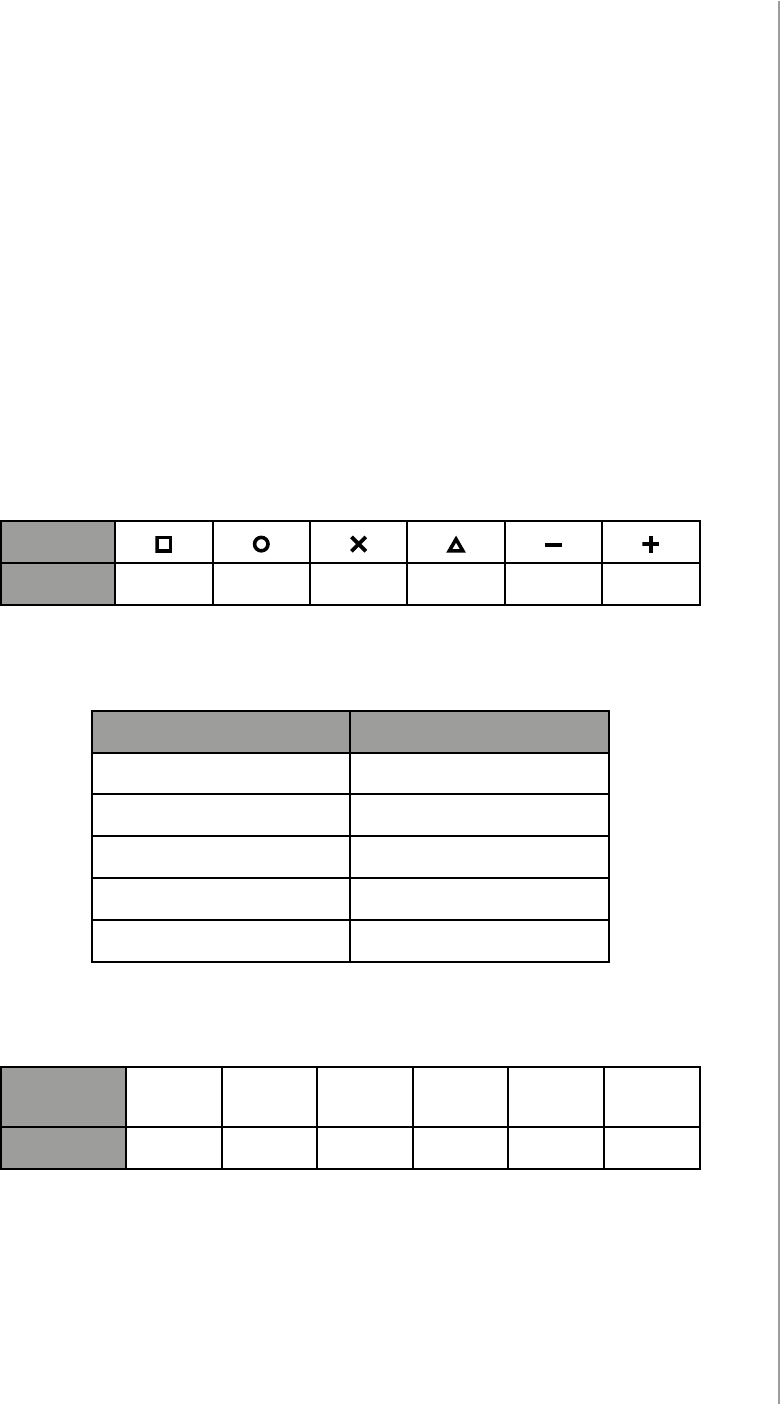
11
SCENE ACTIVATION
#8: Scene activation
Activating scenes:
The KeyFob can activate scenes in the Z-Wave controller by sending
scene ID and attribute of a specic action.
By default scenes are activated after single clicking or pressing and
holding any of the buttons and sequences. Other actions can be acti-
vated in parameters 21-26.
Activating a double click will introduce delay to a single click reaction
and activating a triple click will introduce delay to a double click re-
action.
Button
Scene ID 123456
Scene IDs of buttons:
Action Attribute
Button pressed once Key Pressed 1 time
Button pressed twice Key Pressed 2 times
Button pressed thrice Key Pressed 3 times
Button held Key Held Down
Button released Key Released
Attributes of actions for buttons:
Sequence
number 123456
Scene ID 7 8 9 10 11 12
Scene IDs of sequences:
Scenes for sequences are always send with atrribute "Key pressed 1
time".